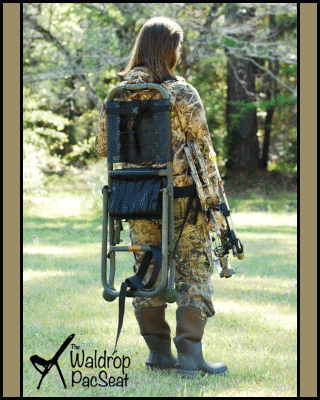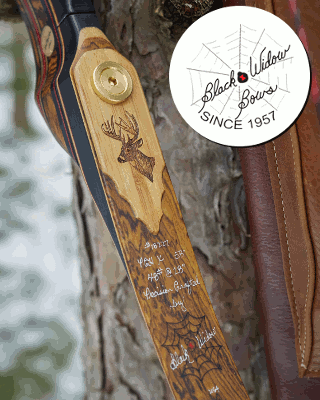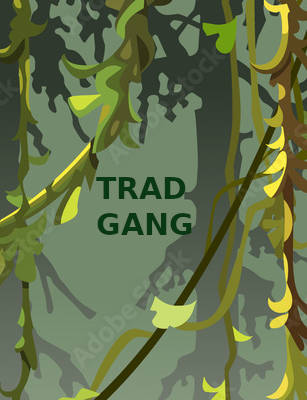Chris, here's a good time to define the phrase - "heat treat".
Some folks use that interchangeably with hardening.
I don't. And a lot of others don't, as well.
I use the phrase "heat treat" to describe those controlled heating treatments used from the first time a piece of steel is introduced to the forge until the final temper.
During all of this time, we are changing the condition of the steel with heat.
So, with that in mind, when I talk about concern being necessary with San Mai, when using stainless or wrought iron, I'm focused a lot on grain reduction following prolonged welding temps.
I reduce my heat gradually during the forging cycles following my initial welds.
I really pay attention to this.
The repeated heating and cooling, while also gradually reducing temp, will greatly aid in grain reduction.
This is important all the time, but more so - in my feeble mind - when dealing with San Mai.
Early on, when doing my post forging thermal cycles, I would do some quenches for martensite prior to spherodizing the blade for a sub-critical anneal. This is what I do with all of my simple carbon and Damascus blades.
What I did not keep in mind was that I had no martensite creation in the stainless steel jacket, and when the opposing forces of unhardened ss met the strength of forming martensite in the high carbon core, my blades would literally rip from end to end right down the enter of the "sandwich".
So I have had to alter my post forging regimen to reduce grain with reducing heat thermal cycles without quenching for martensite prior to sub-critical anneal.
In other words, just closer attention to accepted practice.
I have not tested any of these to destruction.
I don't whole heartedly sign on to that practice in the first place.
Keep in mind that the stainless jacket on these does not harden.
One could almost equate it to the clay when making hamons.
That upper portion of blade would be so difficult to separate I'm not really interested in going through the effort.
I'm more interested in how a knife performs than I am in how it fails.
If you destroy a properly heat treated knife blade, then I'm going out on a limb here saying you are performing functions for which a knife is not made in the first place.
I'm not in the business of, nor do I aspire to, the process of making indestructible knives.
Originally posted by akaboomer:
Very nice Karl. For a billet with 1095 how drastically different is the HT? Have you tested many to destruction? What does the grain structure look like in the stainless portion? Just some questions that have piqued my curiosity at times.
Thanks.
Chris




















